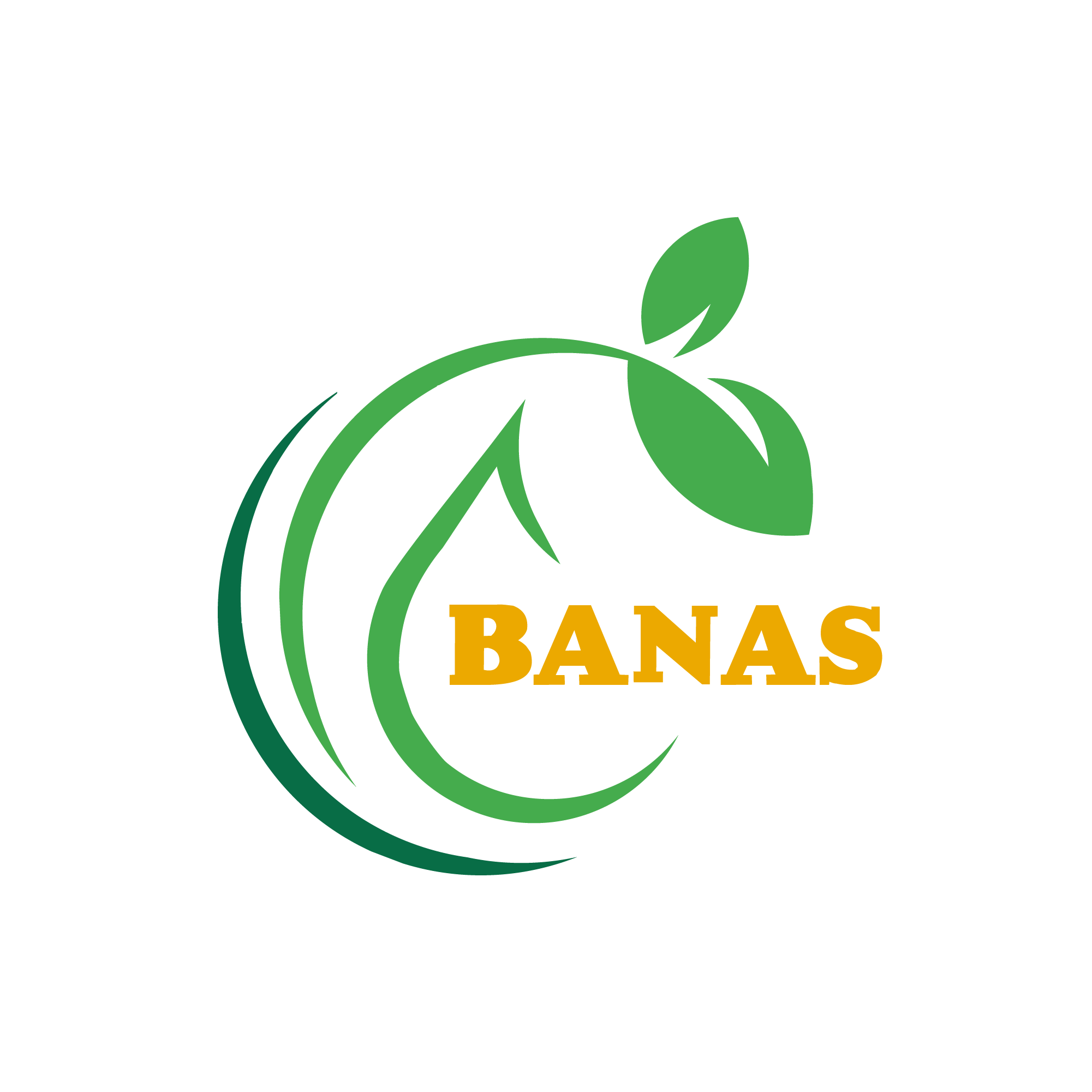Hazard Mitigation
Comprehensive Hazard Mitigation Strategies
At Banas Waste, safety is not an afterthought — it’s built into every step of our operations.
We follow a comprehensive hazard mitigation strategy to control and reduce risks to ALARP levels (As Low As Reasonably Practicable). This ensures maximum protection for our employees, clients, assets, and the environment.
Our Hazard Mitigation Measures
-
Risk Identification & Assessment – Thorough hazard analysis for each process and waste type.
-
Engineering Controls – Physical barriers, ventilation, spill containment, and fire-resistant structures.
-
Administrative Controls – Strict SOPs, staff training, and operational checklists.
-
Personal Protective Equipment (PPE) – Providing and enforcing the use of certified safety gear.
-
Emergency Preparedness – On-site fire suppression, spill kits, first aid stations, and evacuation plans.
-
Continuous Monitoring – Sensors, alarms, and inspections to detect issues before they escalate.
-
Incident Review & Improvement – Learning from near-misses and incidents to improve safety protocols.
Why Hazard Mitigation Matters
Protects Human Life
Protects the Environment
Ensures Compliance
Prevents Downtime
FAQs – Hazard Mitigation
ALARP stands for As Low As Reasonably Practicable, meaning risks are reduced as far as possible considering safety, technology, and cost feasibility.
We perform regular risk assessments, equipment inspections, and process audits to identify potential hazards before they cause harm.
Yes — our controls also address environmental hazards like spills, emissions, and chemical leaks.
Safety procedures are reviewed quarterly, and after every incident or regulatory update.
Absolutely — all staff undergo regular training in hazard identification, safe handling, and emergency response.
